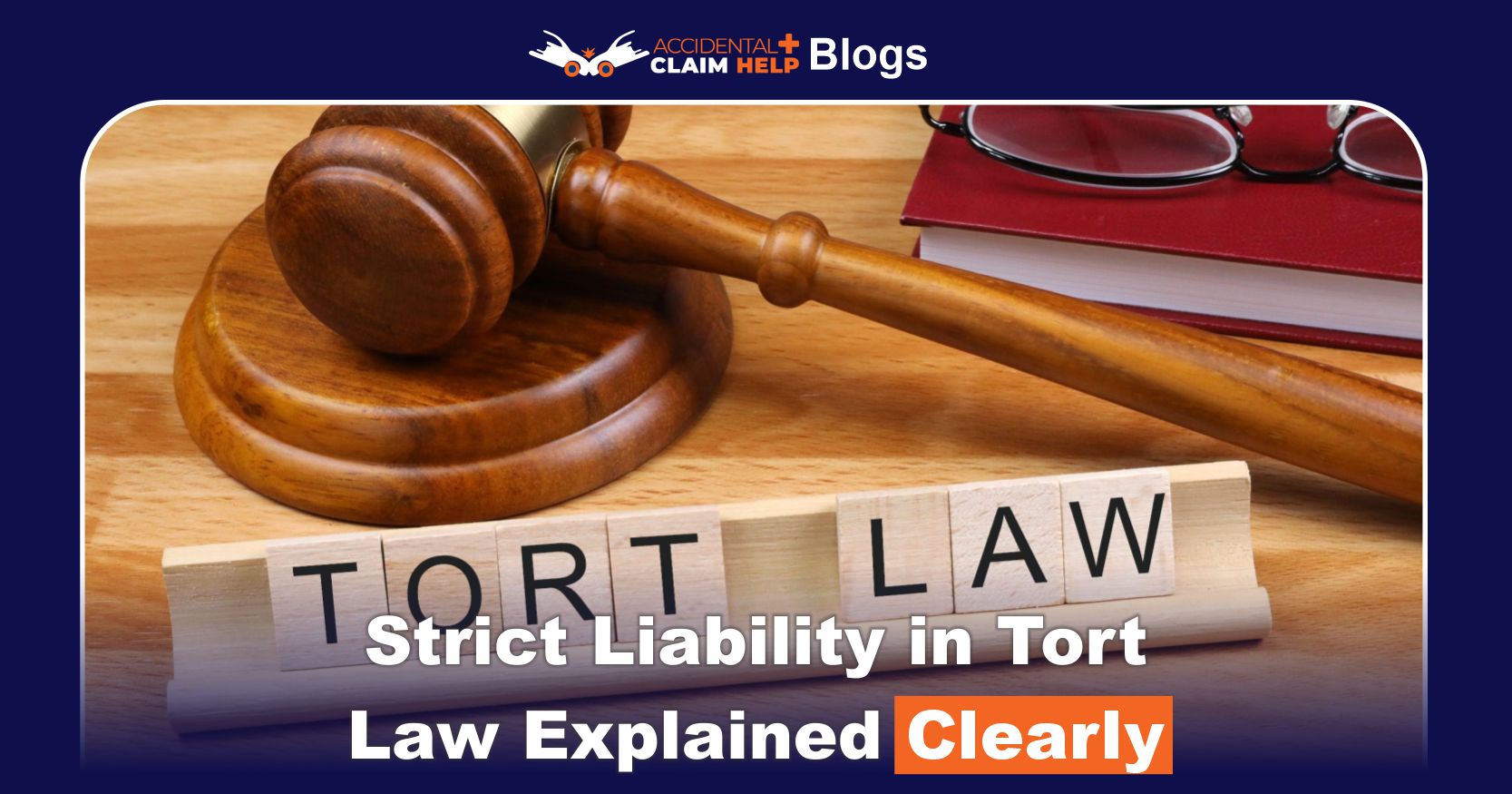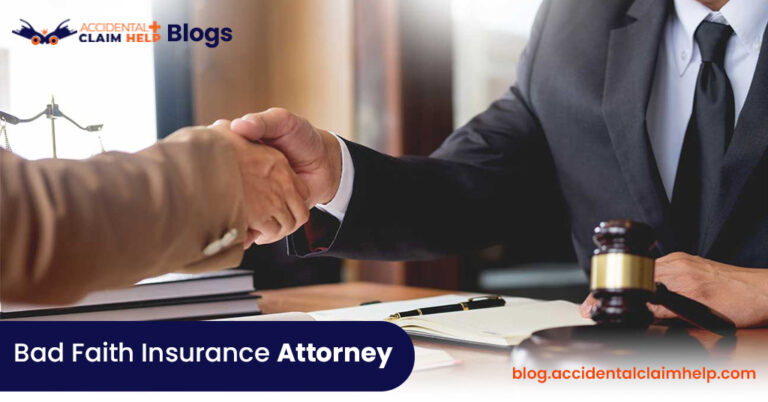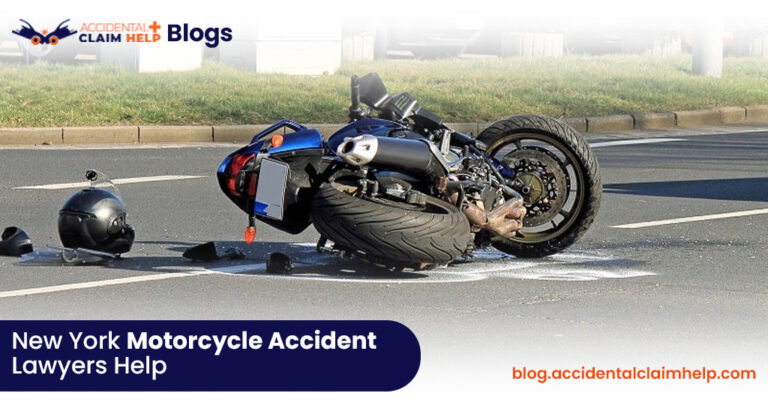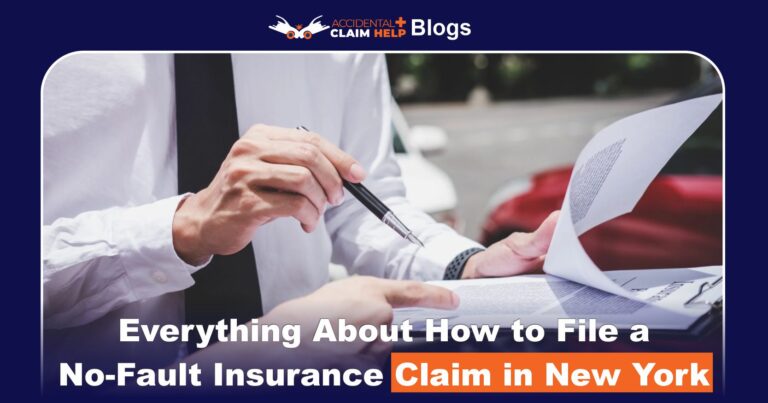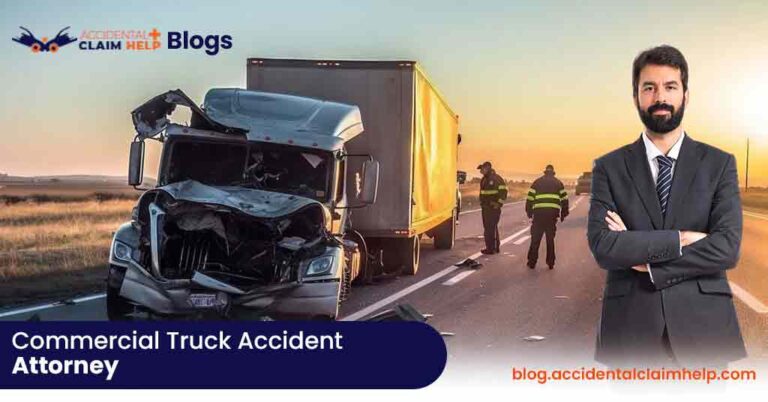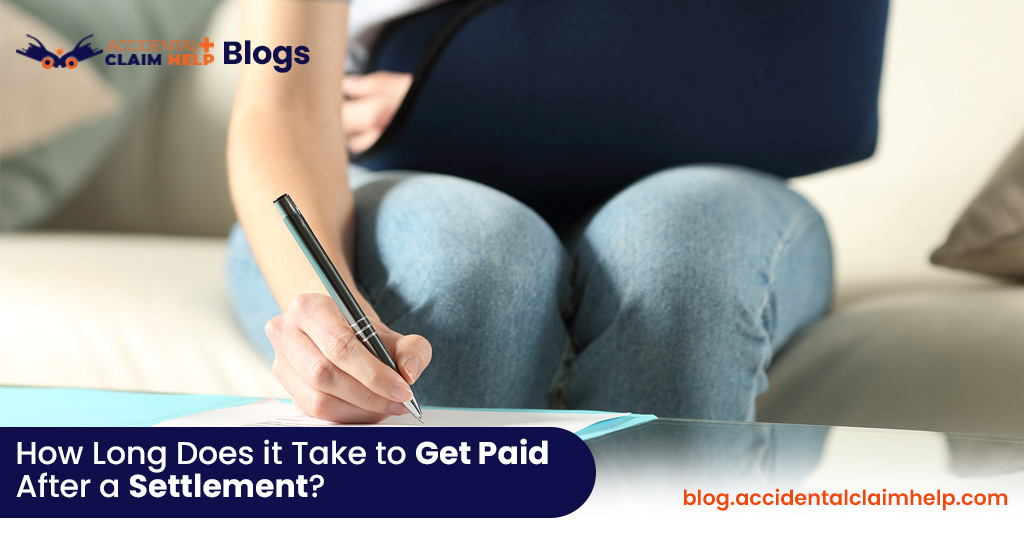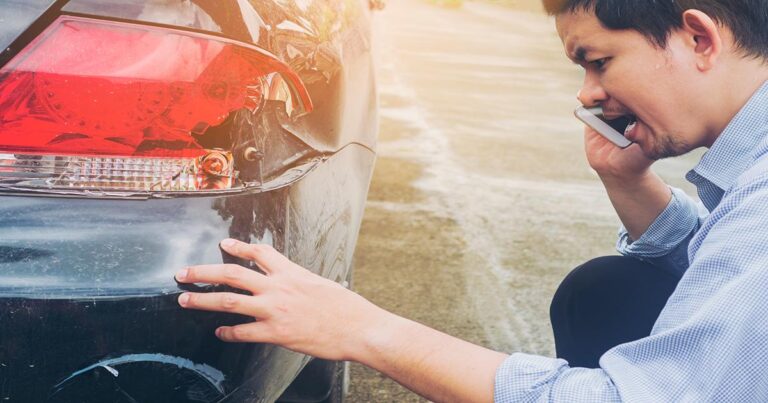Strict Liability in Tort Law Explained Clearly
Strict liability is a special rule in tort law that holds someone responsible for harm even if they were not negligent or did not intend the injury. In a strict liability case, the injured person does not have to prove the defendant was careless. Instead, the law focuses on whether the harm occurred under circumstances covered by strict liability. This differs from ordinary negligence cases, where the injured person normally must show the defendant failed to use reasonable care.
Main Categories of Strict Liability
U.S. law generally applies strict liability only in a few specific areas. The main categories are:
- Defective Products (Product Liability) – Injuries caused by a defective consumer product.
- Abnormally Dangerous (Ultrahazardous) Activities – Injuries from very dangerous activities, like blasting or storing toxic chemicals.
- Injuries from Certain Animals – Injuries caused by wild animals, or by domestic animals known to be dangerous.
These categories are explained in the sections below.
Product Liability
Product liability cases involve injuries caused by a defective or dangerous product. Under strict products liability, manufacturers, distributors or retailers can be held liable for a defect in the product itself, regardless of how carefully it was made or sold. The injured person generally must prove that:
- The product had a defect (in design, manufacturing, or warning).
- The defect existed when the product was made or sold.
- The defect caused the person’s injury while the product was being used as intended.
For example, a design defect might be a car model prone to rollover in an accident, and a manufacturing defect might be a one-time assembly error that leaves a sharp edge on a toy. If a power tool or appliance malfunctions and injures the user as intended, the injured person can sue under strict liability even if the manufacturer did everything right.
In Greenman v. Yuba Power Products, a California case, a defective woodworking machine caused serious injury. The court held the manufacturer strictly liable for the defect. The court explained that this rule ensures manufacturers (who profit from products) bear the cost of injuries, rather than innocent consumers. In practice, this means the injured consumer does not have to show the maker was negligent—only that the product was defective and caused the harm.
Abnormally Dangerous Activities
Some activities are so inherently risky that U.S. courts treat them as abnormally dangerous (also called ultrahazardous). If someone engages in such an activity and it injures another, that person is strictly liable for the harm. This idea dates back to an 1868 English case (Rylands v. Fletcher), which held that someone who brings anything onto their land likely to cause mischief if it escapes must keep it at their peril. Modern U.S. law follows a similar principle for ultrahazardous activities.
Typical ultrahazardous activities include:
- Storing or handling large amounts of explosive materials.
- Blasting or demolition using dynamite or other high explosives.
- Transporting highly toxic or radioactive chemicals.
- Operating hazardous waste disposal sites or chemical plants with toxic materials.
If an ultrahazardous activity causes injury, the person doing it must pay for all resulting harm, even if they followed every precaution. For instance, if a company legally blasts rock with explosives and a flying rock damages a car, the blasting company is strictly liable for the damage. Similarly, if a chemical plant storing a toxic gas has a leak that sickens nearby residents, the plant owners would be strictly liable for the resulting illnesses, even if they complied with all safety regulations. The rationale is that because these activities put others at unusual risk, the person who chooses to do them must bear the cost of any accidents.
Injuries from Animals
Strict liability also applies to certain animal-related injuries. Wild animals (such as lions, bears, tigers, or other creatures not normally domesticated) impose strict liability on their owners for any harm they cause. If a wild animal injures someone, the owner must pay for the injuries, even if they took great care to contain or train the animal.
For domestic animals (dogs, cats, horses, livestock, etc.), the rule is usually narrower. Many states hold an owner strictly liable if they knew (or should have known) the animal had dangerous or abnormal tendencies. In other words, an owner who knows a dog is vicious cannot escape liability by claiming they were careful. Also, some laws cover livestock: under the Restatement of Torts, an owner is strictly liable if farm animals wander onto another person’s land and cause damage, because farm animals that stray are seen as part of the owner’s risk.
Many states also have dog-bite statutes making owners strictly liable for bite injuries. About 36 states have laws that say a dog owner is responsible if their dog bites a person, regardless of any prior warnings. This means that if you are bitten by a dog, you can often recover even if the dog had never bitten anyone before and the owner had no reason to suspect it. These statutes protect people from unpredictable animal attacks.
Examples: If someone keeps a pet tiger or wolf, any person it injures can sue the owner under strict liability. If a known-aggressive pit bull bites a neighbor, the owner is strictly liable because he knew the dog’s dangerous propensity. In states with dog-bite laws, an owner would be liable for a dog’s first unprovoked bite, no matter what the owner knew. These rules aim to protect people from injuries that are hard to predict or prevent on their own.
When to Consult a Lawyer
Strict liability cases can still be legally complicated, so it’s often wise to consult an attorney if you are injured by a defective product, a dangerous activity, or an animal. Even though you don’t have to prove negligence, you must still meet legal requirements and gather evidence. A lawyer who handles personal injury or product liability cases knows how to prove elements like a product defect or the inherent danger of an activity.
An attorney can also identify defenses the defendant might use.
- Complex evidence: Strict-liability cases often require technical proof (e.g. safety engineers or accident reconstruction). A lawyer can hire experts to demonstrate a defect or hazard.
- Defenses: Defendants can still argue defenses, such as assumption of risk or comparative negligence, which can reduce a plaintiff’s recovery.
- Deadlines: State laws give you a limited time (usually a few years) to file a tort claim. An attorney will ensure your claim is filed on time.
- Facing large companies: Manufacturers and insurers fight claims vigorously. An attorney handles negotiations or court proceedings on your behalf.
- Full recovery: A lawyer can identify all parties to sue (e.g. multiple companies in a product’s supply chain) and help claim full damages (medical bills, lost income, pain and suffering, etc.).
Many personal injury attorneys offer free initial consultations and work on contingency (getting paid only if you win). This makes it easier for injured people to get help without upfront costs.
Conclusion
Strict liability is a powerful tool in tort law for protecting victims of certain high-risk harms. It forces those who create hazardous products, activities, or situations to compensate injured people, even without fault. This shifts the financial burden from innocent victims onto companies and individuals best able to prevent the harm. In practice, it means consumers and communities are not left to suffer alone when accidents happen. If you think you have been injured by a defective product, a hazardous activity, or someone’s animal, you may have a strict liability claim. Understanding these rules and consulting a lawyer can help protect your rights and get the compensation you deserve.

